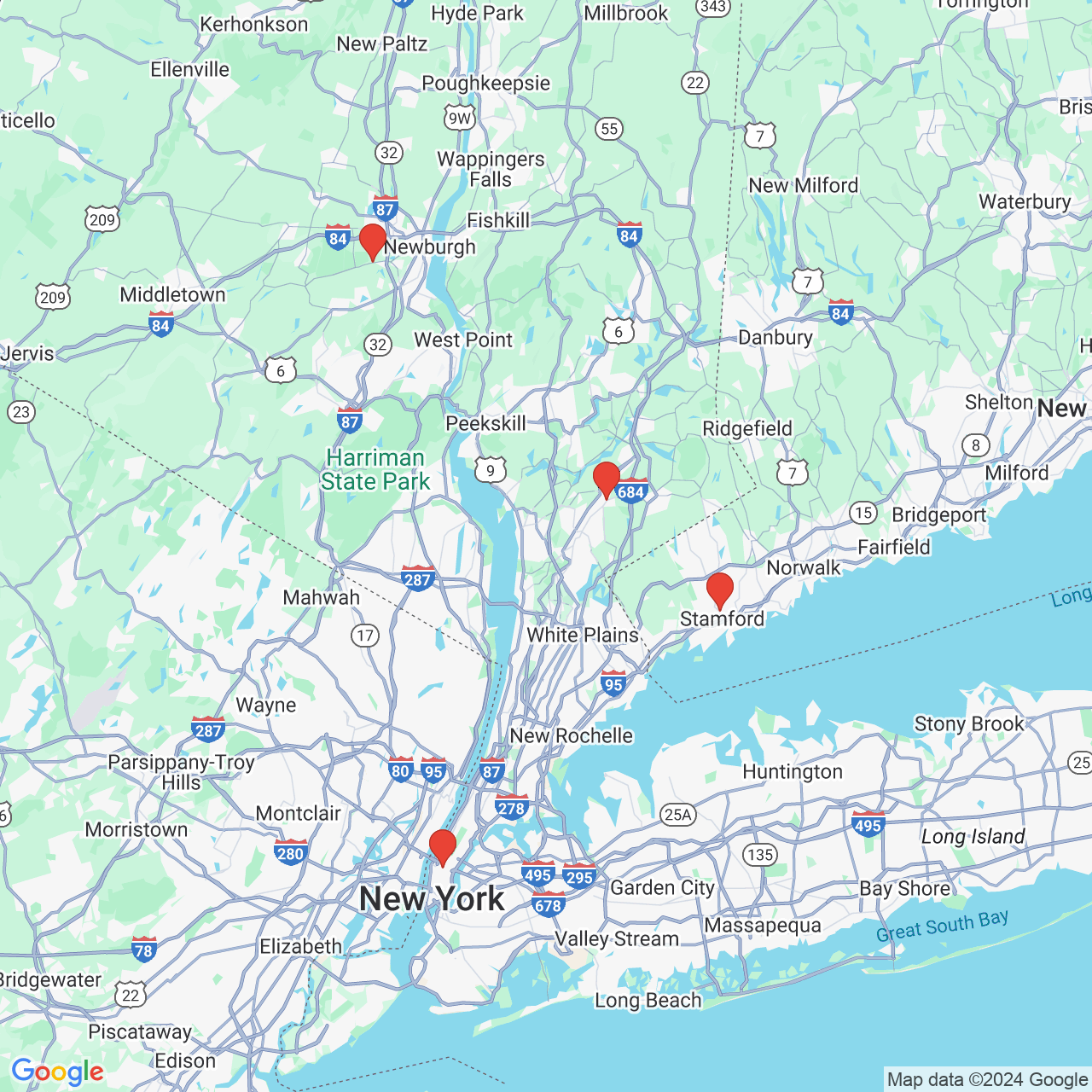TRAM (transverse rectus abdominis myocutaneous) Flap
The TRAM flap, developed in 1982 by Dr. Hartrampf, is a technique that uses the abdominal skin, fat, and rectus abdominis muscle to create a breast. The rectus abdominis muscle is cut and the motor nerves that innervate the rectus muscle are also cut. The rectus muscle is then removed from the abdomen with the abdominal skin and fat.
A TRAM flap can be pedicled (muscle is tunneled under the chest skin), free (requires microsurgery), or muscle sparing (a portion of the muscle is removed and a portion of the muscle is left in the abdomen).
A functioning rectus abdominis muscle is important for core strength and integrity of the abdominal wall to prevent hernias and other morbidities. Perforator flap microsurgical technique is a way of using the same skin and fat to create a breast, but without removing the rectus abdominis muscle from the abdomen. Dr. Vasile prefers to use a microsurgical perforator flap from the abdomen to reconstruct a breast, called a DIEP or SIEA flap, in order to preserve the rectus abdominis muscle in the abdomen. The majority of patients that are a candidate for a TRAM flap would be a candidate for a DIEP or SIEA flap.
